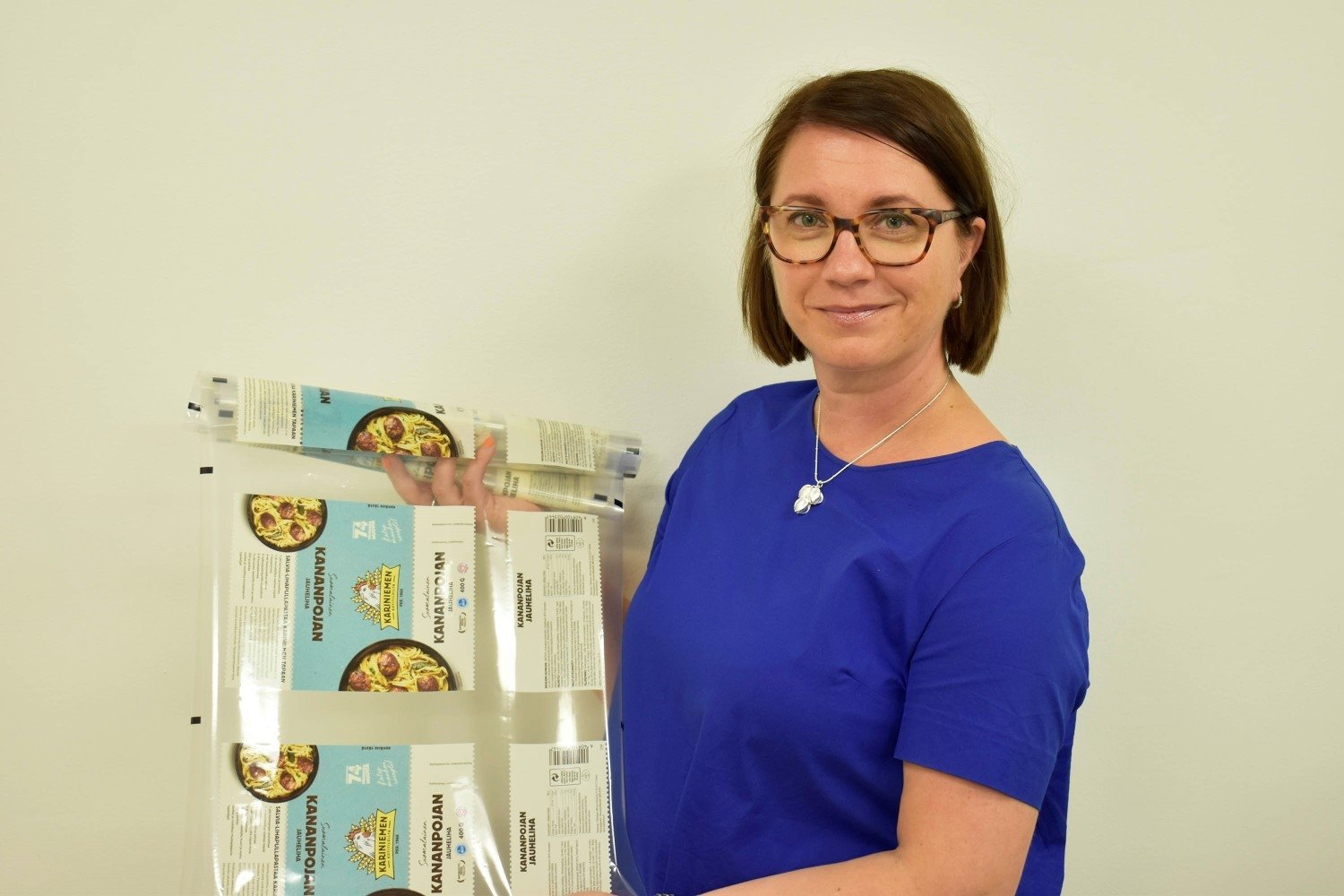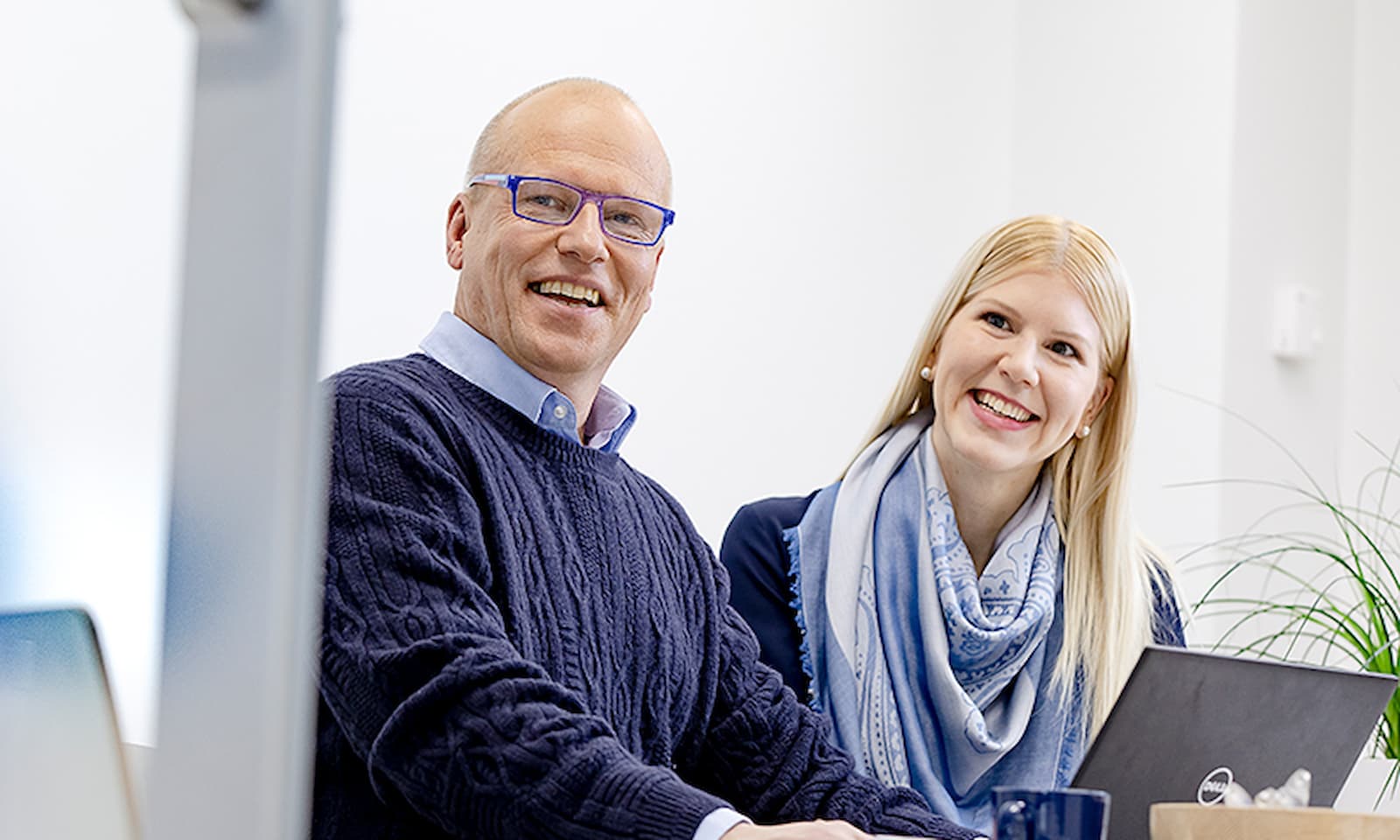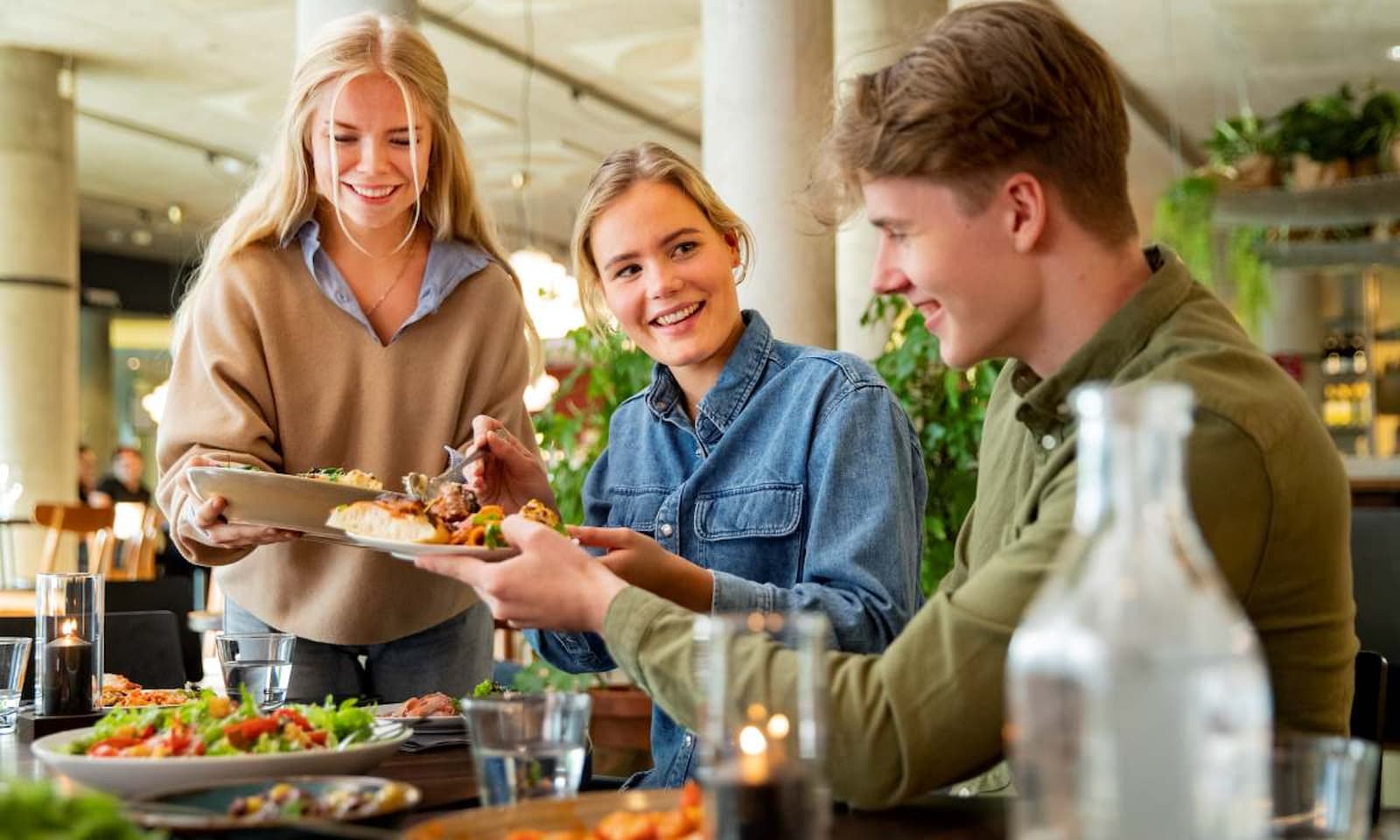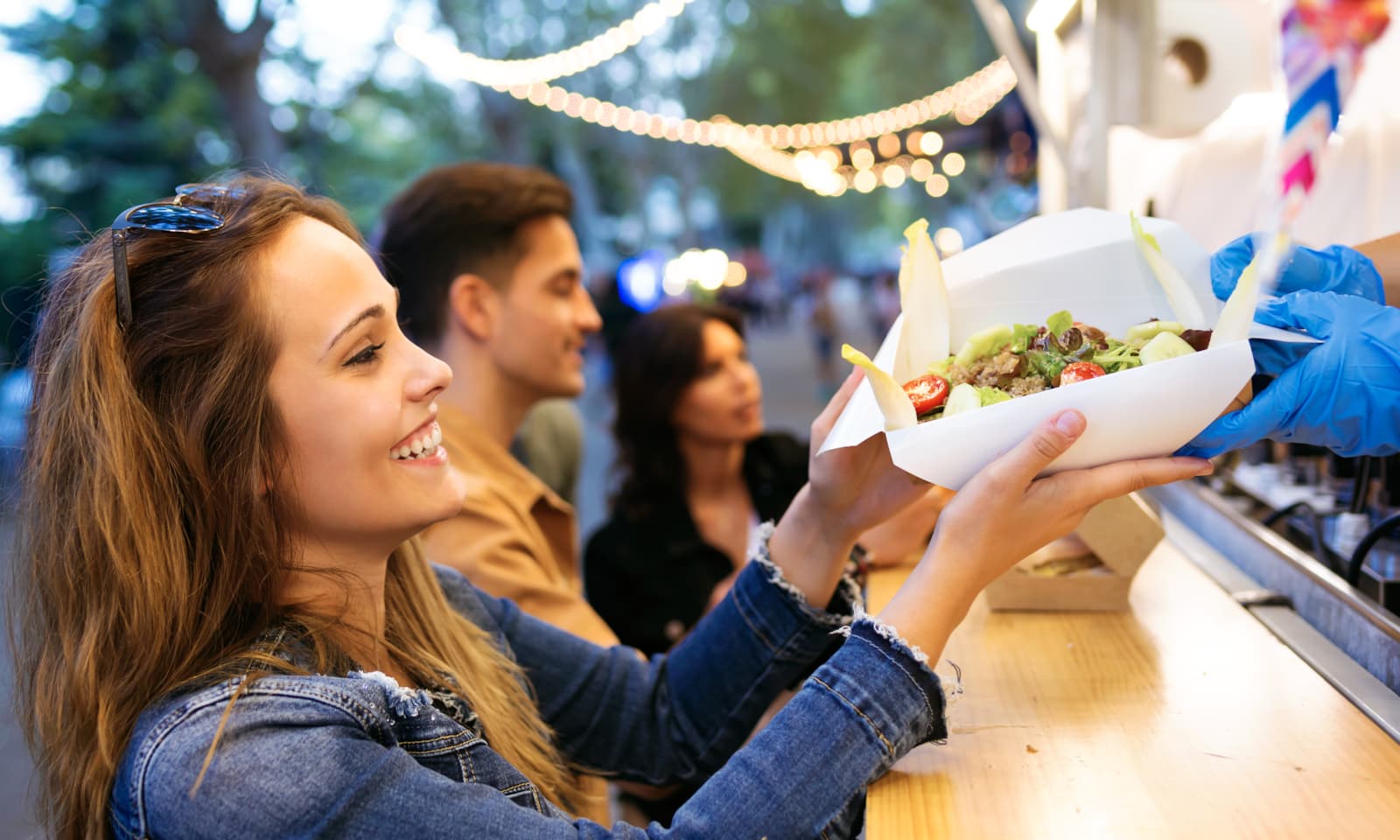Hanna Lehtonen, HKScan’s Packaging Development Director, is passionate about complex projects, the transformation of the packaging industry and development of more sustainable packaging.

Where is HKScan’s packaging heading?
Advanced responsibility work is the basis of HKScan’s strategy and it also guides packaging development. As defined in our packaging strategy, our goal is to have all the packaging recyclable by the end of 2025. At the same time, we will decrease the packaging carbon footprint by 20 per cent and the amount of packaging plastic by 20 per cent from 2019.
What is responsible food packaging like?
The primary purpose of packaging is to protect foods. A good package is part of ensuring quality and product safety. Functional packaging also reduces food waste and is easy to use. In addition to these basic requirements, responsible food packaging must be recyclable and have the lowest possible climate impact.
What kind of challenges do you face at work?
Developing packaging responsibility is not always straightforward. For example, sometimes a new packaging alternative may reduce the carbon footprint but at the same time make recycling more difficult. In addition to our own goals, our work is driven by consumer expectations, country-specific and EU legislation, and companies’ rising recycling and waste fees. We know that legislation will increase in the coming years, but the content and conditions are not yet clear. To make packaging truly more responsible, innovation and collaboration are needed across the packaging sector.
What makes you excited at work?
I have worked on packaging for more than 20 years, and when I started, I could never have imagined how complex the packaging industry as a whole would become. I am fascinated by tackling big, complex projects. We want to be a bit ahead of the game when it comes to packaging development. We experiment open-mindedly materials whose functionality, cost and suitability for future packaging lines may still be unclear. Development work has to be done so that we can move towards our packaging strategy goals.
There are many aspects involved in the development of packaging responsibility. How do you approach such a complex task?
We need to take the work forward so that even a small improvement is always a step in the right direction. All packaging cannot be changed at once, so we have to take small steps to the right direction and gain experience because many things are new. It is difficult to scale things up without experience.
Tell us a few examples of HKScan’s development of packaging responsibility.
There are many successful examples! We have done a lot of work for decades to reduce the amount of plastic in sausage and minced meat packages, for example. Here are a few examples of recent developments:
• In 2020, we started to pack HK® minced meat in flowpack pouches. The renewal reduced the amount of packaging plastic by 71% compared to the previous box package, saving space in both logistics and sorting at home. We extended the use of this packaging to the Kariniemen® products in autumn 2021.
• In Sweden, the new packaging of the iconic Scan® Falukorv sausage is made entirely of renewable materials and can be sorted into waste paper collection. The packaging launched in early 2021 has by up to 70% lower climate impact than the previous plastic packaging.
• In the Baltics, we managed to reduce the amount of plastic in the plastic boxes of Rakvere® and Tallegg® products by 5% in 2020.



